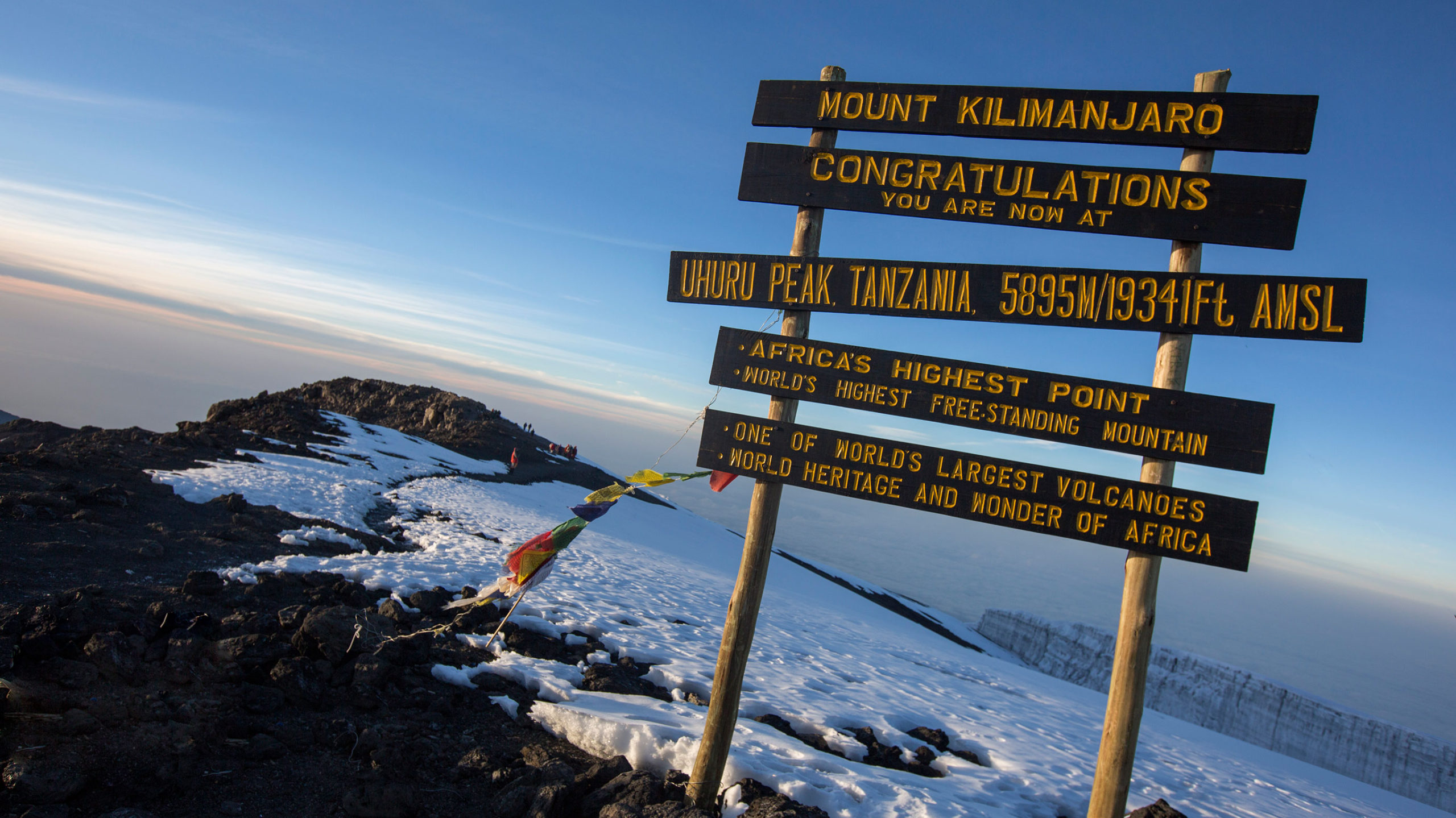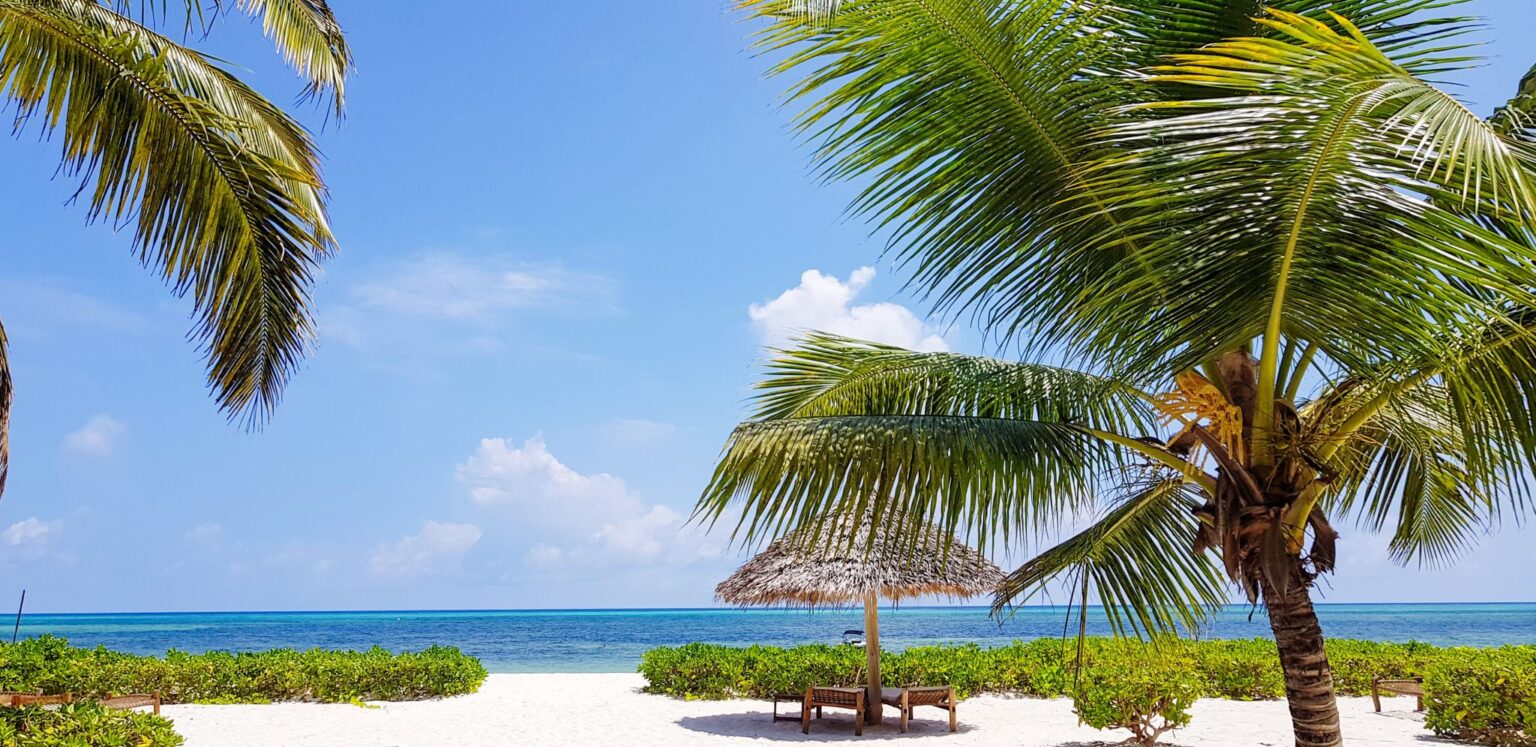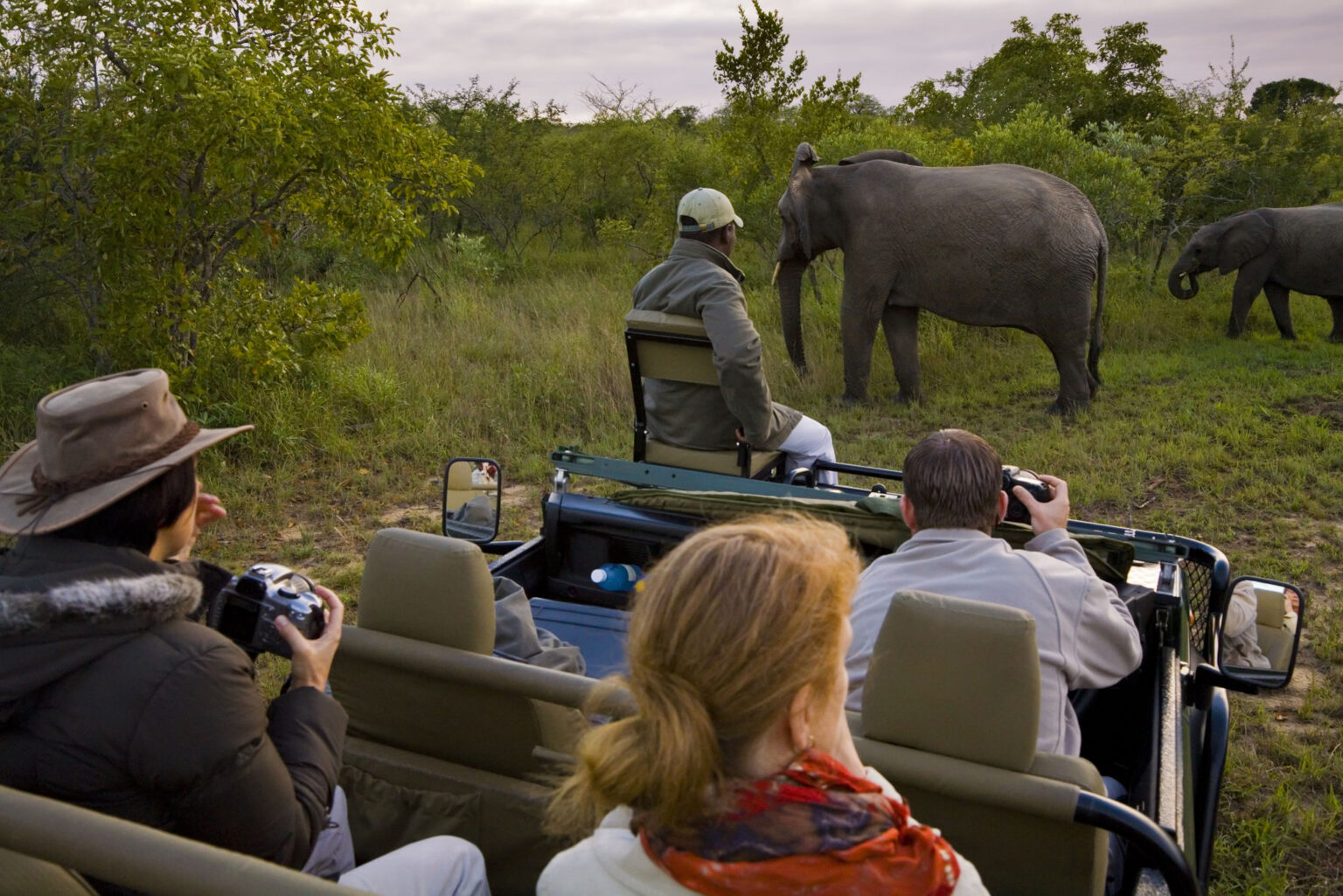- Astonishing Tanzania Safaris
- Experiences
- Tanzania Wildebeest Migration
Tanzania Wildebeest Migration
There are natural events all over the world, but few compare to the yearly Masai Mara/Serengeti wildebeest migration. The numbers alone are incredible: up to two million animals – wildebeest, zebra, and gazelles – migrate clockwise through this vast ecosystem, driven by ancient impulses to find new pasture and water.
The Great Migration is the ever-moving circular migration of over a million animals through the Serengeti-Mara ecosystem, and it is one of the most sought-after experiences for wildlife and environment aficionados. The ever-moving columns of wildebeest, accompanied by a slew of pals, travel an ancient path in search of grass and water.
This trek takes them over the Masai Mara plains in Kenya, all the way south into Tanzania, across the Serengeti to the brink of the Ngorongoro Crater, and then clockwise around. Thousands of creatures are taken by predators along the route, and thousands more are born, replenishing the numbers and continuing the circle of life.
The migratory herds face several hurdles and sufferings as they migrate from area to region, and are always under threat from predators, none more so than Africa’s big cats and the notably enormous crocodiles that lurk at different river crossing places.
The great Serengeti wildebeest migration is the journey of enormous herds of wildebeest through the Serengeti, accompanied by big herds of zebra and smaller herds of Grant’s gazelle, Thomson’s gazelle, eland, and impala. These move in a pretty regular yearly rhythm. They move all year, looking for new pasture and, it is now believed, improved water quality.
The timing of the Serengeti wildebeest migration is totally reliant on the annual rainfall patterns – we describe how the general pattern works here.
This movement is seen on the map below month by month – the moving red depicts the major herds.
You’ll need to plan your trip carefully since the wildebeest migration is a fluid, dynamic event that takes place between two nations – Kenya and Tanzania – and is dependent on the timing of the rains that year. It’s also a diverse event: depending on where you are and when you arrive, you can observe wildebeest herds giving birth and courting, marching in enormous dusty columns, or funneling over muddy rivers.
There is plenty of well-located lodging in both the Masai Mara and the Serengeti to allow you to witness the migration, and almost all booked trips and safaris to either nation include excursions into the two conservation areas.
Working with our African Safari Experts to develop a tailor-made itinerary based on your needs will ensure a flawless wildebeest migration safari. Because of their expertise and experience with the migration, you’ll be in good hands while you witness this once-in-a-lifetime occurrence.
When is the best time to experience the Great Migration?
The dates of the Great Migration appear to be consistent across time. In April, the first animals normally begin to spread out over the Serengeti in search of fresher grass and more reliable water sources. Over the next several months, they’ll face a slew of challenges, from predators to river crossings, on their epic journey. Here’s a summary of their tentative travel itinerary so you may arrange your own.
Tanzania’s Migration Situation
From December until March
The herds assemble at this time of year in northern Tanzania’s Serengeti and Ngorongoro habitats, which have been lushened by the regular rains. This is calving season, and it’s a great time to see newborn calves; nevertheless, large cat sightings (and deaths) are prevalent. During this time of year, the southern Ndutu and Salei plains are ideal for observing huge herds.
April-May
The herds begin to travel west and north to the Serengeti’s Western Corridor’s grassier grasslands. During this point of their travel, seasonal rains make it difficult to track the herds. Indeed, several of Tanzania’s smaller camps have been forced to close owing to inaccessible roads.
June
As the rains end, the wildebeest and zebra migrate north, and individual herds merge to form much bigger herds. It’s also mating season for migratory wildebeest. This stage of the migration is best observed in the Western Serengeti.
July
The Grumeti River presents the animals with their first major challenge. The Grumeti may become rather deep in sections, especially if the rains have been plentiful. The depth of the river makes drowning a definite possibility for many wildebeest, and there are plenty of crocodiles waiting to prey on their anguish.
The Kenyan Migration
August
The western Serengeti grasslands are turning yellow, and the herds are moving north. The wildebeest and zebra migrate to Kenya’s Lamai Wedge and the Mara Triangle after crossing the Grumeti River in Tanzania. They must cross another river before reaching the luscious plains of the Mara. This time it’s the Mara River, which is also teeming with ravenous crocodiles.
September to November
The Mara plains are teeming with enormous herds, who are naturally followed by predators. Governors’ Camp is the greatest location to stay while the migration is in the Mara.
November to December
The rains have returned to the south, and the herds have begun their lengthy journey back down to Tanzania to give birth to their young. The wildebeest migration is best seen from Klein’s Camp during the November rains.
The finest wildlife Show on the planet is waiting for you.







